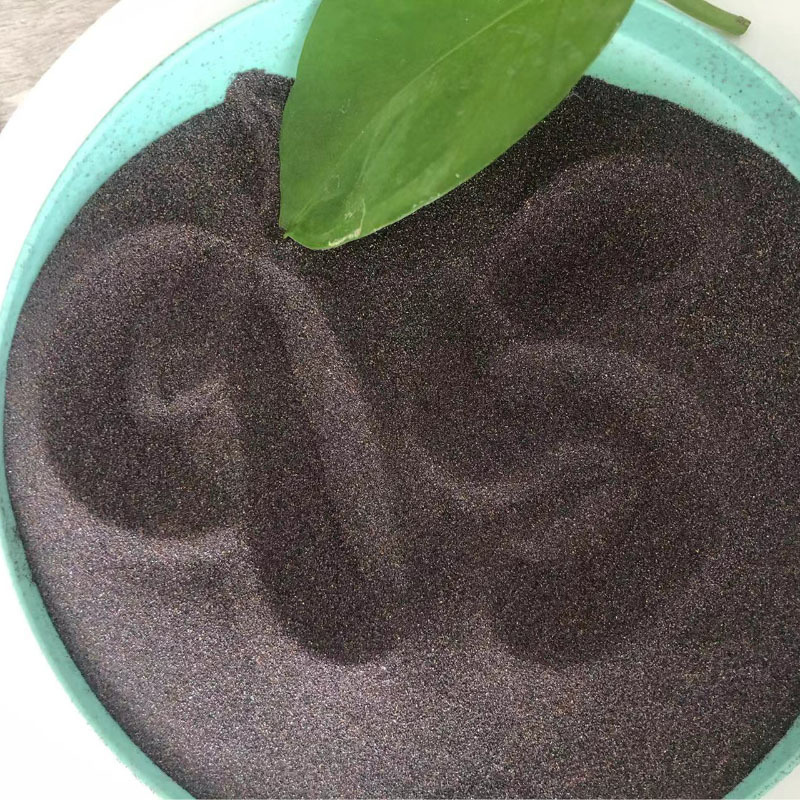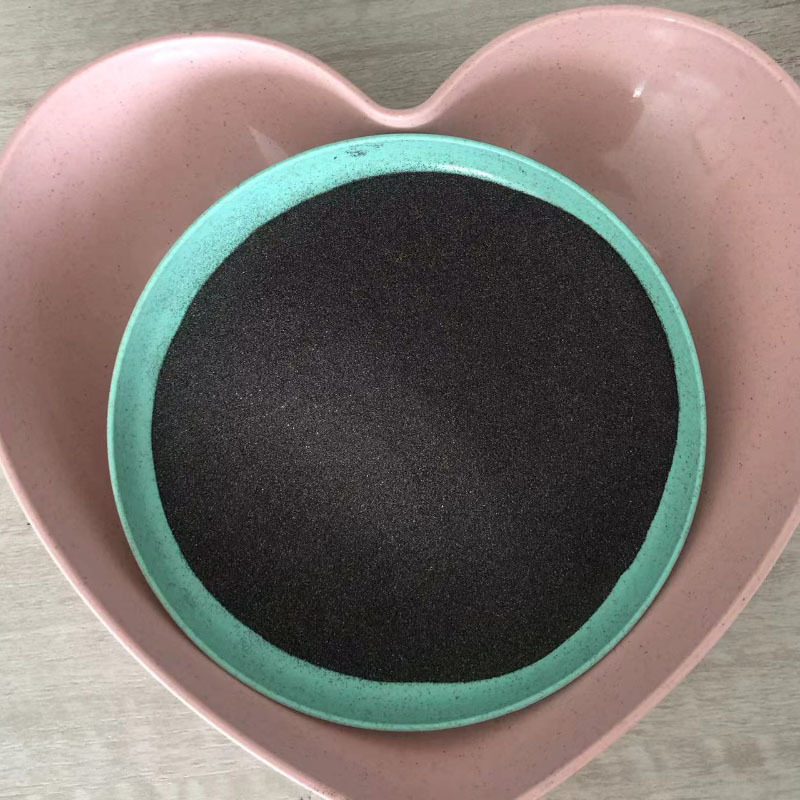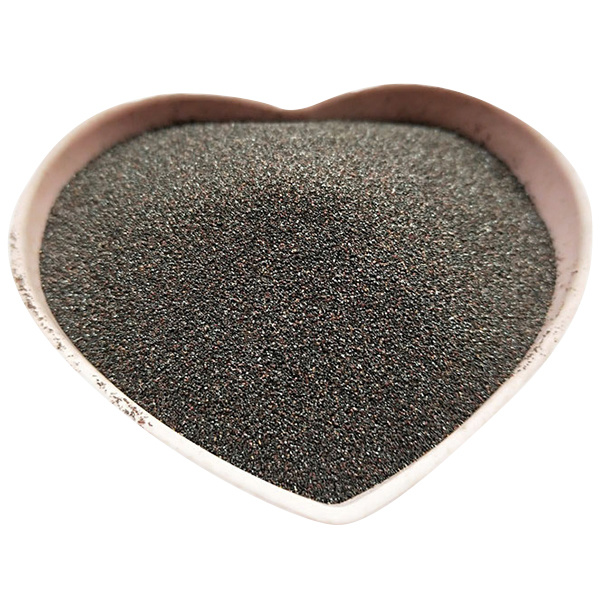The efficacy and function of titanium dioxide
Release Time:
Aug 12,2024
Used as food additives and in the manufacture of medicines, etc.
Titanium dioxide has the effects and functions of sun protection and whitening, and is also used as a food additive and in the production of medicines. Titanium dioxide is a non-toxic, odorless, white chemical product with excellent chemical stability and light stability. It is an efficient photocatalyst.
1. Sun protection: Titanium dioxide can block and absorb ultraviolet rays, so it has a strong anti-ultraviolet effect. It can be used in cosmetics to block light and protect against the sun. It can also reduce the penetration of ultraviolet rays to a certain extent, prevent ultraviolet damage to the skin, and prevent and treat photosensitive skin diseases.
2. Whitening: Titanium dioxide has strong covering power and coloring, and it is white itself, so adding it to cosmetics can whiten the skin, thereby achieving a whitening effect.
3. Food additives: Titanium dioxide has good stability, and is colorless, odorless, and non-toxic to the human body. Therefore, food-grade titanium dioxide is used in the production of hard candies, candy chocolate product coatings, polished candies, etc.
4. Making medicines: Titanium dioxide has good light-shielding and coloring properties, so food-grade titanium dioxide can be used to make drug coating agents, colorants and ultraviolet absorbers to ensure the stability of the appearance, smell and active ingredients of the drug, thereby achieving satisfactory results. Titanium dioxide can also be used as a covering agent to make the color uniform.
Under normal circumstances, titanium dioxide has no harm to the human body, and can be used to brighten the skin by using products such as titanium dioxide cream. If symptoms such as skin itching occur after using titanium dioxide, you should go to the dermatology department in time for allergen and fungal testing.
Keywords:
You Can Also Learn More About Industry Trends






